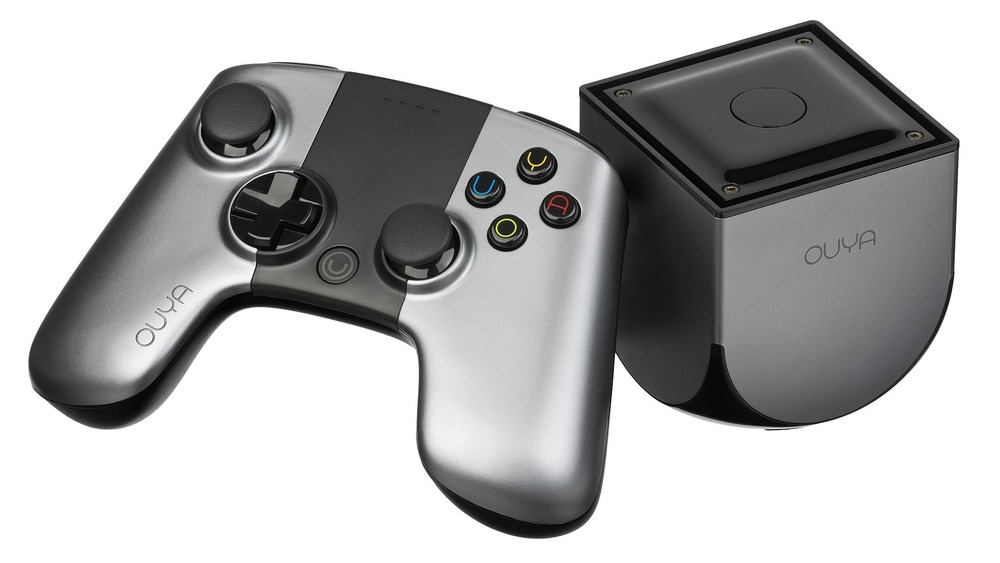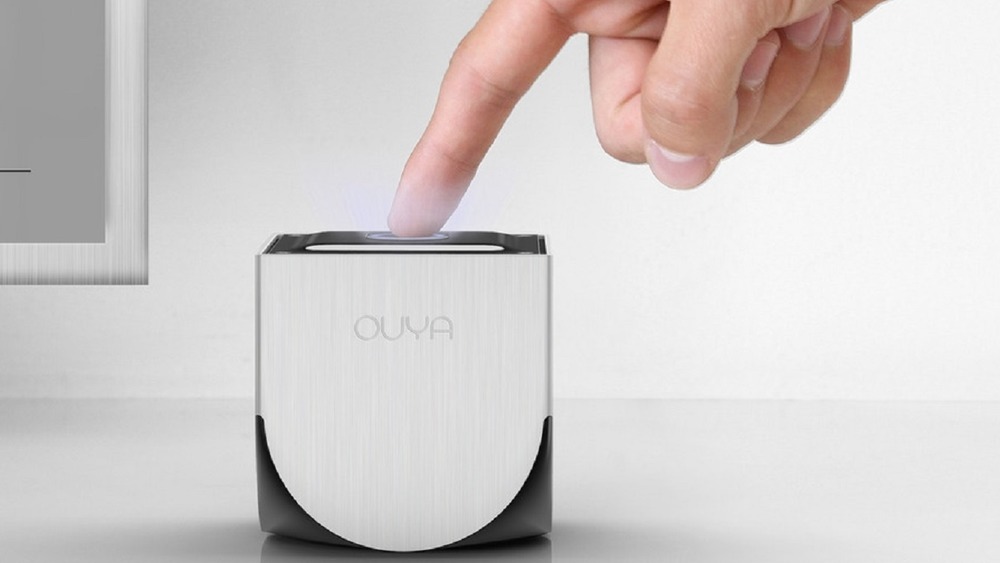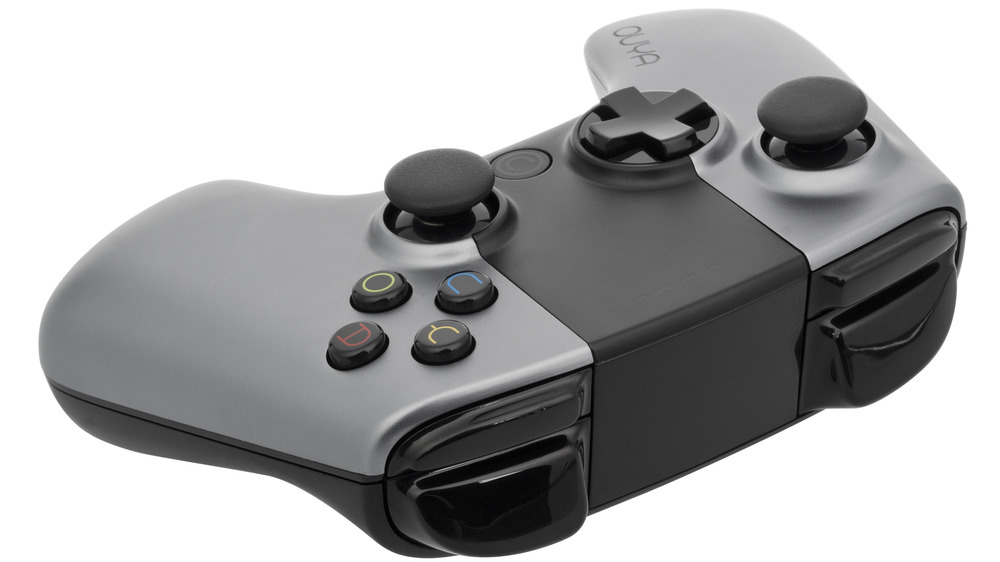This Is Why The Ouya Was A Huge Flop
In 2019, the Ouya servers officially went dark. The years before had been full of promise for the console, but the Ouya was never able to fully deliver on its bombastic marketing. Today, the Ouya is a cautionary tale — both for gamers and business owners alike.
The Ouya met its funding goals within hours. The gaming community embraced the platform almost immediately, which promised to allow users free access to independently developed games. So how did it eventually become one of the biggest gaming flops of all time?
There's a price to success. Some theorize that the Ouya was always destined to fail, because it promised too much with hardware that couldn't perform. Others pointed out management issues and the fact that nearly no one actually purchased games.
Either way, the console never broke into the mainstream, despite ultimately being purchased by Razer and available as close as your nearest Best Buy.
It all started with Ouya's record-breaking Kickstarter campaign
In 2012, Ouya's Kickstarter campaign ended with $8.5 million raised — 600% over the original goal. Backed by over 63,000 people, initial excitement over the project related directly to its price and its specs. Despite its sub-$100 price point, it promised a quad-core processor, 8 GB of storage, 1 GB of RAM, and support for 1080p via HDMI. It was on par with other consoles at the time but came at a fraction of the price.
And for $100, why wouldn't gamers gamble on this hackable console? Each console was also supposed to be a developer kit, which intrigued independent developers. The hope was that the Ouya would truly open up gaming for everyone, with developers able to send their games directly to those who would appreciate them — and gamers able to get games for free or for cheap.
But the problems emerged almost immediately, eventually leading to the company restructuring its debt and selling itself off.
How the Ouya became a footnote in gaming history
Unlike some major Kickstarter fails, the Ouya did ship. It wasn't vaporware. However, it hit shelves before it went out to Kickstarter backers — a big miss in the crowdfunding world.
There were plenty of other issues right out of the gate. For one thing, many users absolutely hated the Ouya controller. To some gamers, the rectangular controller was clunky, uncomfortable, and reminiscent of the initial Xbox in terms of size.
The hardware and software were also found wanting. Not only was the UI difficult to use, but the fan was loud, and the device experienced issues with WiFi and Bluetooth.
Sadly, the games also weren't good. Perhaps the biggest issue with the Ouya was that the games were simply disappointing. It turns out that independent games developed for Android really just feel like phone games, and the game library was full of Google Play Store ports. Its most popular exclusive, Towerfall, eventually moved to other platforms.
In defense of the Ouya, it delivered most of what it promised, just poorly.



